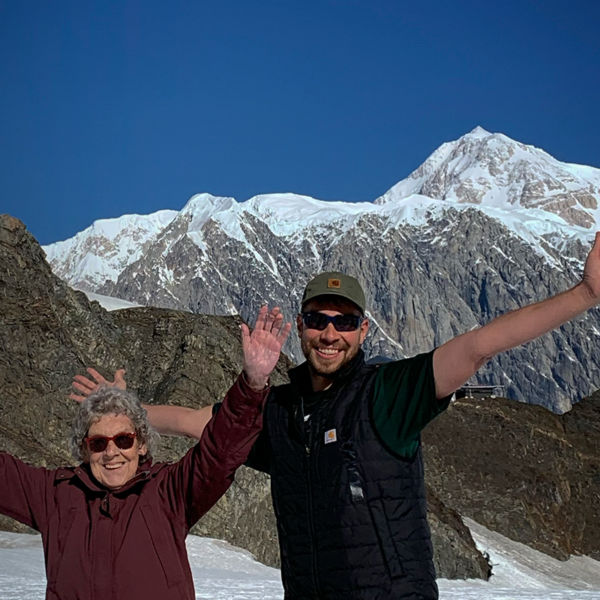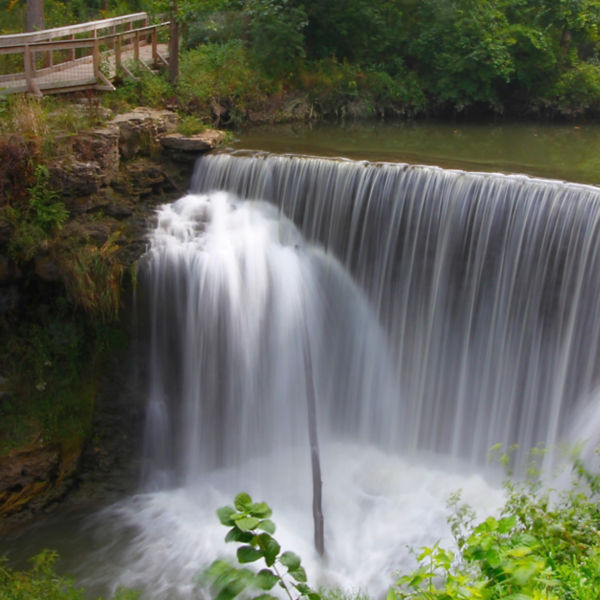
Located in Ohio’s Appalachian region, the Zaleski State Forest Backpack Trail is one of the most remote, rugged and lengthy trails in the state, coming in at nearly 30 miles. It’s an hour and a half southeast of Columbus and a world away. Zaleski and the adjacent Lake Hope State Park plus two state wildlife areas together total more than 30,000 acres of land, and the surrounding countryside is rural as well. Don’t get your hopes up to have the trail to yourself, though. With good length and infrastructure, this is likely the most popular backpacking trail in the state, and weekends spring through fall will have you sharing a campsite with other backpackers. Think of it as a social outing, not unlike the AT in that way.
There is much to take in along this trail, especially if you know what to look for. To that end, download the Zaleski State Forest Backpacking Trail map, which includes descriptors for each point listed on the map. Look for beaver dams, Native American mounds, rock outcroppings and more. Read up on the ghost of the Moonville Tunnel to have a story to share around the campfire. This trail is best in spring and fall when the weather is neither too hot nor too cold. Spring brings a seemingly endless supply of wildflowers and fall colors are spectacular, with a maple-beech forest in the hollows and an oak-hickory forest along the ridges. Hike these ridges and hollows for a nice alternative to the mostly flat hiking in other parts of the state. Before you bed down be sure to do a tick check—the little pests are common here.
Infrastructure is good for this trail, which is open 24/7/365. The main trail is well blazed in orange, with white blazes on connector trails to the camping and water. Main junctions are signed. There are two official trailheads with parking and self-registration kiosks. There are three official campsites—camping is not allowed elsewhere—all of which have cistern water and outhouses. Though it is rare, the cisterns can be empty so be sure to have a Plan B for water (start by bringing enough to get you through your first night of camping). If you’ve never backpacked in a former coal mining region before, you’ll see with your own eyes why a water filter won’t cut it. There are streams in this forest that run bright orange due to acid mine drainage.
































